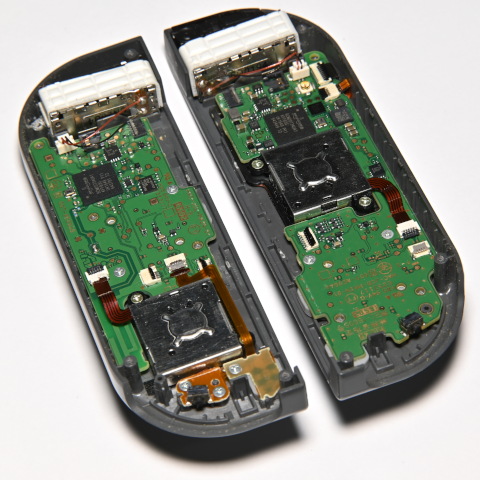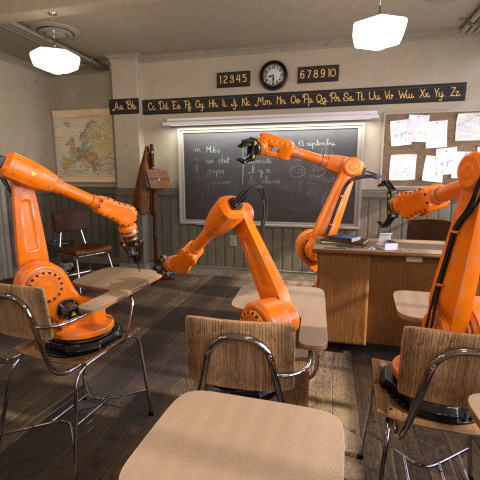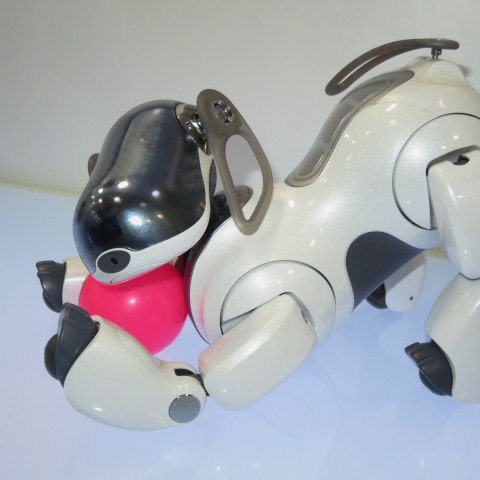Engineering
When we hear the word robot, a mechanical device, probably stupid (or very intelligent if science fiction) and with humanoid shape comes to mind. But a robot is much more. Robots can take any shape and size to adapt to the environment they are designed for. However the cognitive capability of a robot is lacking. My engineering interest focuses in implementing and improving state-of-the-art robotics to serve as the basis for more intelligent systems. This effort is grounded in four main areas: Embedded systems, communications, multi-agent systems and control engineering.
Embedded systems

Embedded systems are small electronic modules that performs dedicated and critical tasks. Its failure may lead to the destruction of the system or even death of people. Such is the case of control systems in the aero-space industry, nuclear plants and vital systems in hospitals. For that reason, reliability and robustness are of the utmost importance to ensure continuous operation of these systems.
The applications of embedded systems rely on additional requirements compared to other products such as consumer electronics. Hence, embedded systems engineers combine skills in electronics, mechanics, software and control engineering to achieve quality integration.
Communications

The increase in complexity of autonomous systems inevitably leads to combined use of embedded systems by a variety of manufacturers that may not be designed to interoperate with each other. Standards in communication between embedded systems is essential to ensure compatibility between these systems.
Communication protocols must be reliable, secure, efficient and with real-time capabilities. There are just about three standards that fulfil these requirements: CAN for highly integrated systems such as vehicles, DDS for medium-sized systems such as commercial aircraft, and CORBA for the biggest systems such as the network of antennas of mobile network operators.
Unfortunately, students in robotics use increasingly communication systems of dubious quality and with no industry-standardization, like ROS, which fails on many requirements mentioned above and, thus, should only be considered a fun tool for amateurs that does not qualify for industry.
Multi-agents

Multi-agent systems consist of a swarm of autonomous subsystems with no central control. Control-wise, the distinctive feature of these systems rely on emergent behaviours when they interact with the environment as a unit. Since analysing these emergencies is complex, multi-agent systems are often studied by analysing their effects on the environment.
However, identification of emergencies aligned with the goals of the system is not automatable, in general, with current technology. This task is still performed by the designers of the system. Improving the identification of emergencies is one of the objectives of research on multi-purpose intelligence.
Intelligent control

Developments in control algorithms have enabled important technological advancements such as industrial robotics, automatic pilots, spatial exploration, climate control, etc. Automatic regulators are everywhere in our lives and perform their duties continuously and silently, improving our quality of life. However, control systems fail when something in the controller or in the environment does not behave as it is designed for. Control systems model the controlled physical system.
Developments in control algorithms have enabled important technological advancements such as industrial robotics, automatic pilots, spatial exploration, climate control, etc. Automatic regulators are everywhere in our lives and perform their duties continuously and silently, improving our quality of life. However, control systems fail when something in the controller or in the environment does not behave as it is designed for. Control systems model the controlled physical system.